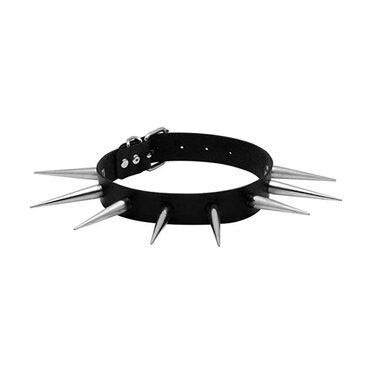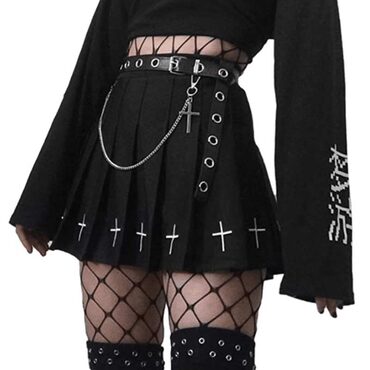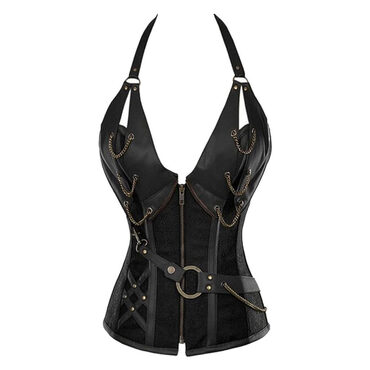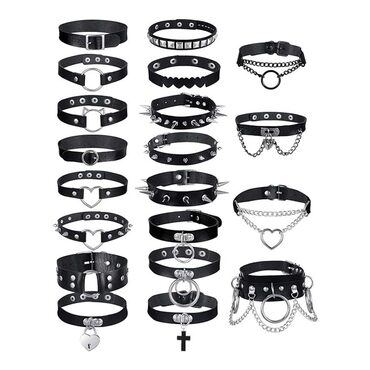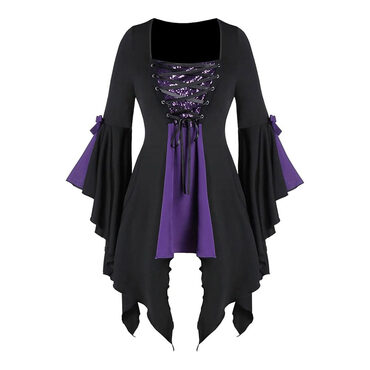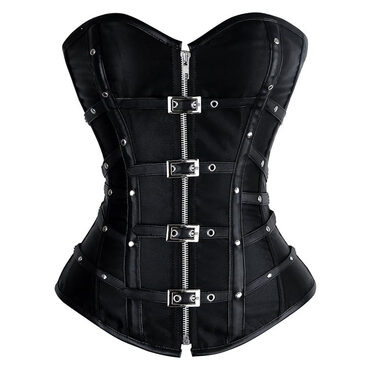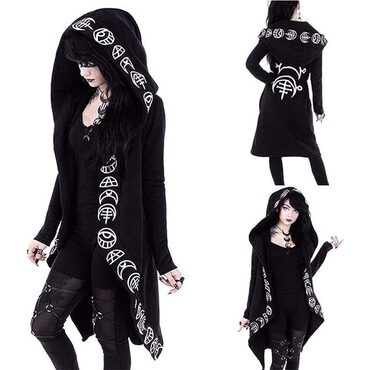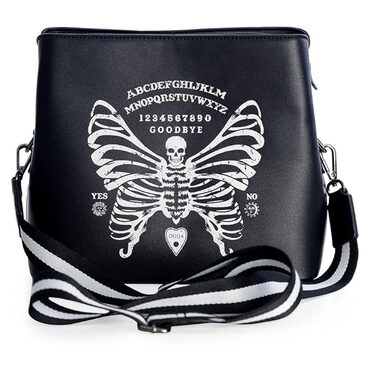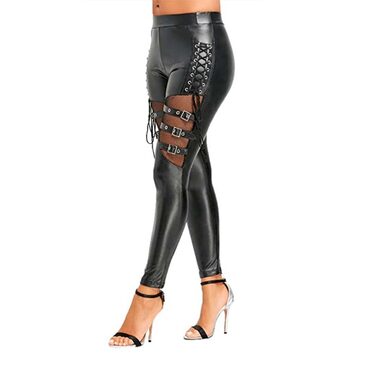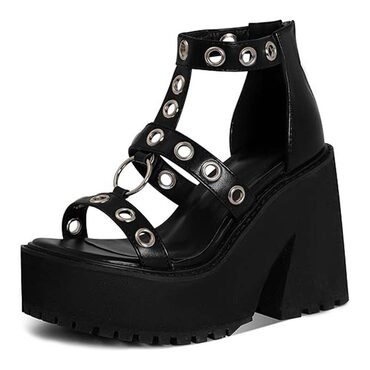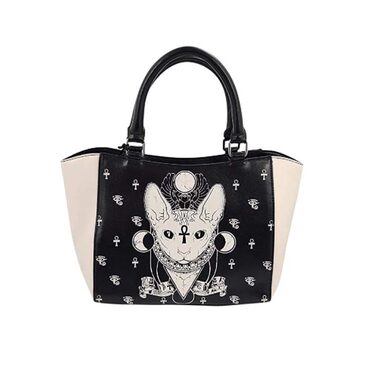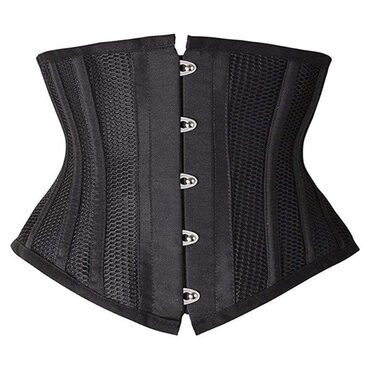Goth vs Emo: Differences & Similarities... Which One Are You?
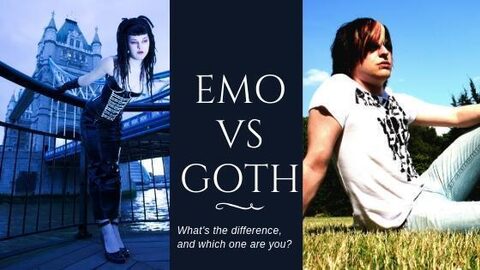
For people on the outside, goths and emos are sometimes considered interchangeable.
This is frustrating to goths and emos alike, as while they share some characteristics, and both can claim a connection to the punk rock movement in the 70s, the groups are completely different when it comes to style, music taste, outlook on life and pretty much anything else you could define them by.
Because of this, we've put together a guide to the backgrounds of these social groups and their differences, which will hopefully help to make the distinction more clear and get rid of some of the confusion.
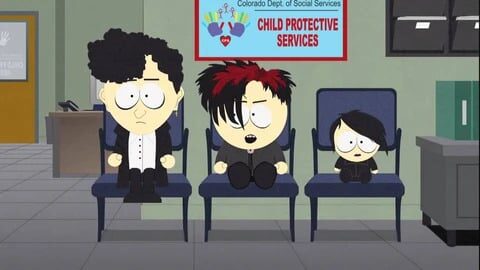
Let's start with a history lesson:
History of Goths & Emos
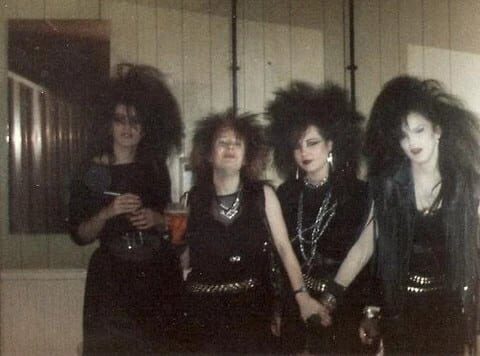
The goth subculture originates from the late 1970s and early 1980s in England, where it was influenced by gothic rock, which itself began as a subgenre of post-punk.
While there were many subcultures seeing their early days at this time, it can be argued that the goth subculture is the only one that has not only survived to the modern day but spread and become an accepted subculture on a global scale.
The title of "goth", while used earlier, is thought to have been popularised in 1981, when British magazine Sounds published an article under the title "The face of Punk Gothique" which investigated whether gothic rock was 'the next big thing'.
Early gothic rock groups credited with defining the genre include Killing Joke, UK Decay, The Damned, the Cure, and Adam and the Ants.
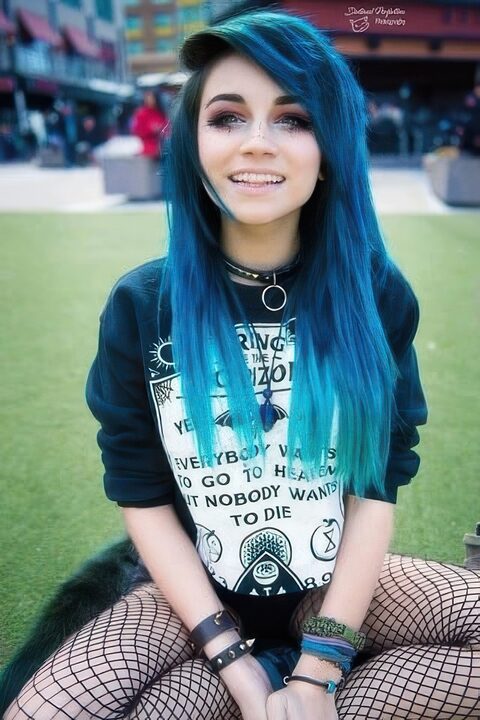
The emo subculture has roots in mid-1980s post-hardcore but didn't truly find it's footing and unique voice until the early 1990s with groups such as Jimmy Eat World, Weezer and Jawbreaker.
Emo music is a type of rock music usually defined by its emotional content, most commonly through lyrics focusing on depression and personal confessions.
It also had a huge boost of popularity in the early 21st Century due to mainstream bands such as My Chemical Romance.
Despite its punk roots, emo music in the modern day is more commonly tied to indie rock and pop punk.
Goth and Emo Clothing
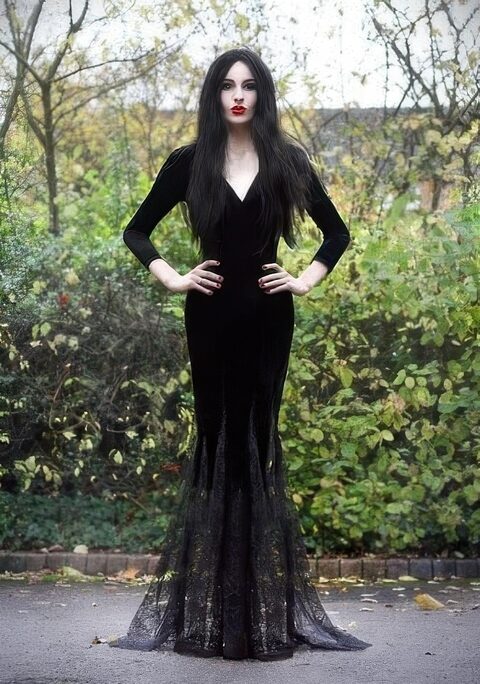
Goth imagery and style tends to come from gothic literature and gothic horror films, but different types of goth adopt different fashion styles, from traditional 80's style goths with dark eyeshadow and huge hair to romantic goths with their Victorian style of dress, and plenty of other styles in between.
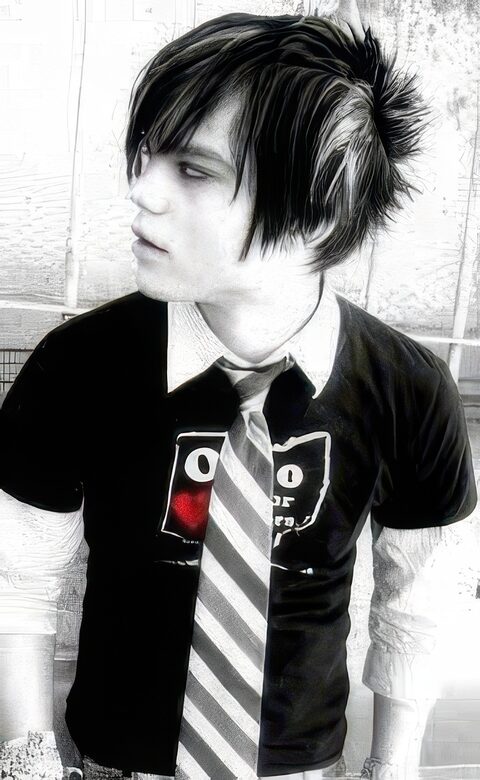
Emo fashion is more commonly associated with skinny jeans, studded belts, tight black band t-shirts, and either black or brightly colored hair with a long fringe.
Goths vs Emos
Emo |
Goth |
|
|---|---|---|
Short For |
Emotional Hardcore |
Gothic Rock |
Musical Origins & Influences |
Pop punk, indie rock, post-hardcore, alternative, punk rock |
Glam rock, metal, punk rock, classic rock, post-industrial rock |
Popular in |
Mostly the USA but has spread to other Western countries such as the UK and France |
Global |
Differences in Behavior & Personality
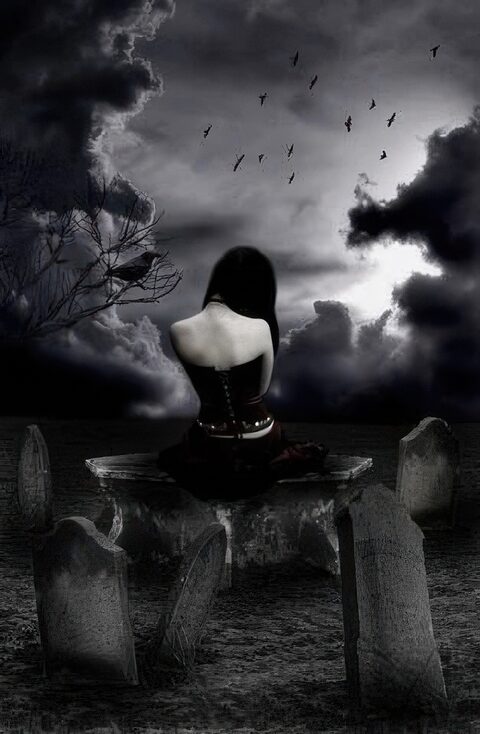
While everybody is different and these aren't black and white rules, there are some stereotypical differences in personality between emos and goths:
Emos are stereotypically considered to be shy, angry, depressed, filled with teen angst and have been tied to self-harm and suicide.
Meanwhile, goths are typically associated with being introverts, pessimistic about people and society, and dressing in all black.
Musical Elements
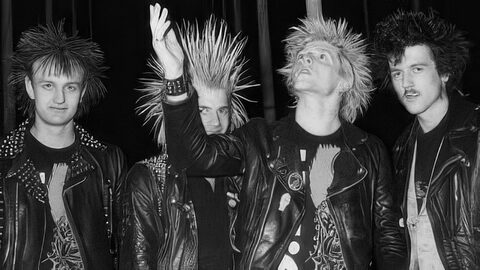
While both of these genres are fluid and these elements aren't always strictly adhered to, there are notable themes running through both genres on a musical level that make them easily distinguishable even for outsiders:
Gothic music tends to include a 4/4 post-punk style drum beat, high pitched vocals and a prominent bassline with minimal guitar.
Emo music commonly has more guitar, sudden switch-ups, unusual structures and painful lyrics about topics such as failure or unmanaged emotions.
Are You Goth or Emo?
If you've ever asked the question "Am I goth or emo?", then this goth or emo test will help you answer the question for good!
See also:
